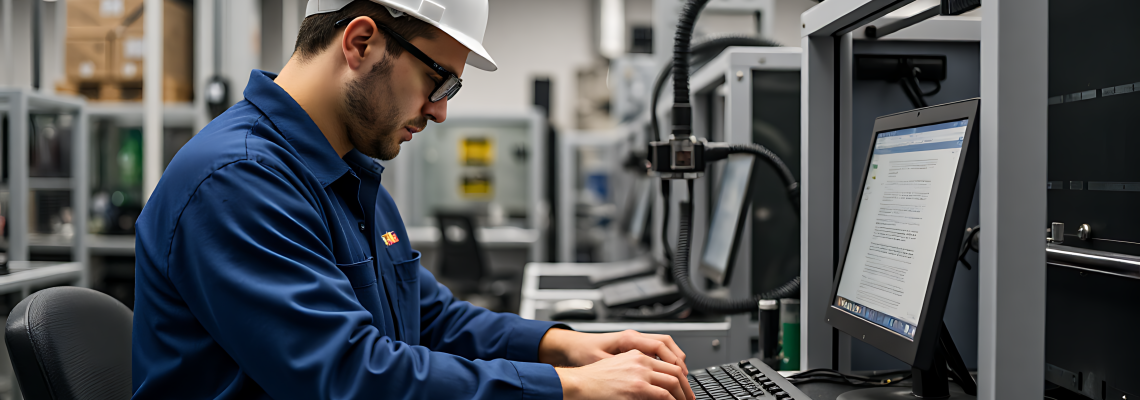In the digital transformation era, factories are evolving into smart factories where data plays a crucial role in optimizing operations and enhancing productivity. The LanSub Edge Platform is designed to bridge the gap between machines, sensors, and cloud systems by enabling real-time data collection, processing, and automation at the edge.
1. Collect PLC & Machine Control Data
The LanSub Edge Platform connects directly to Programmable Logic Controllers (PLCs) and machine control systems using standard industrial protocols like Modbus, OPC UA, and MQTT. This integration helps extract critical machine data such as operational status, cycle time, fault signals, and temperature readings. The platform ensures seamless data flow without disrupting machine operations.
2. Connect & Integrate External Sensors
Modern factories require more than just machine data to monitor production environments. LanSub allows manufacturers to integrate external IoT sensors to capture additional parameters such as vibration, temperature, humidity, or energy consumption. It supports both wired and wireless sensor connections, enabling comprehensive factory floor monitoring.
3. Automate Data Transformation
Raw machine and sensor data often need cleaning and reformatting before analysis. LanSub automates data transformation by applying configurable pipelines that filter, normalize, and aggregate raw signals. This structured data output is ready for further analysis or cloud storage, eliminating the need for manual data processing.
4. Leverage High-Frequency Data
With the ability to process high-frequency data at millisecond intervals, LanSub captures fast-changing machine signals essential for applications like real-time performance monitoring, anomaly detection, and predictive maintenance. This ensures that manufacturers can react to operational changes without delays.
5. Deploy Custom Edge Applications
LanSub allows developers to create and deploy custom applications directly on the edge platform. These applications can perform local data analysis, anomaly detection, or machine learning inference without requiring cloud connectivity. The platform uses Docker containers to run isolated applications efficiently on edge devices.
6. Secure & Scalable Cloud Integration
LanSub supports secure cloud integration with platforms like AWS IoT, Azure IoT Hub, or custom cloud servers. It uses end-to-end encryption, API-based data transmission, and token-based authentication to protect data integrity during cloud communication. This ensures scalable and reliable data storage and remote analysis.
7. Flexible & Remote Deployment
With built-in over-the-air (OTA) update capabilities, LanSub supports remote software deployments and configuration management across multiple factory sites. Users can remotely install updates, configure devices, and monitor edge applications via a centralized dashboard — minimizing on-site maintenance.
Conclusion
The LanSub Edge Platform provides a comprehensive solution for smart factories by enabling real-time data collection, transformation, and analysis at the edge. Its seamless integration with machines, sensors, and cloud platforms empowers manufacturers to improve operational efficiency, optimize machine performance, and enable predictive maintenance. With support for custom applications and remote deployment, LanSub is a scalable and future-ready platform that helps factories unlock the full potential of their data in the Industry 4.0 landscape.






